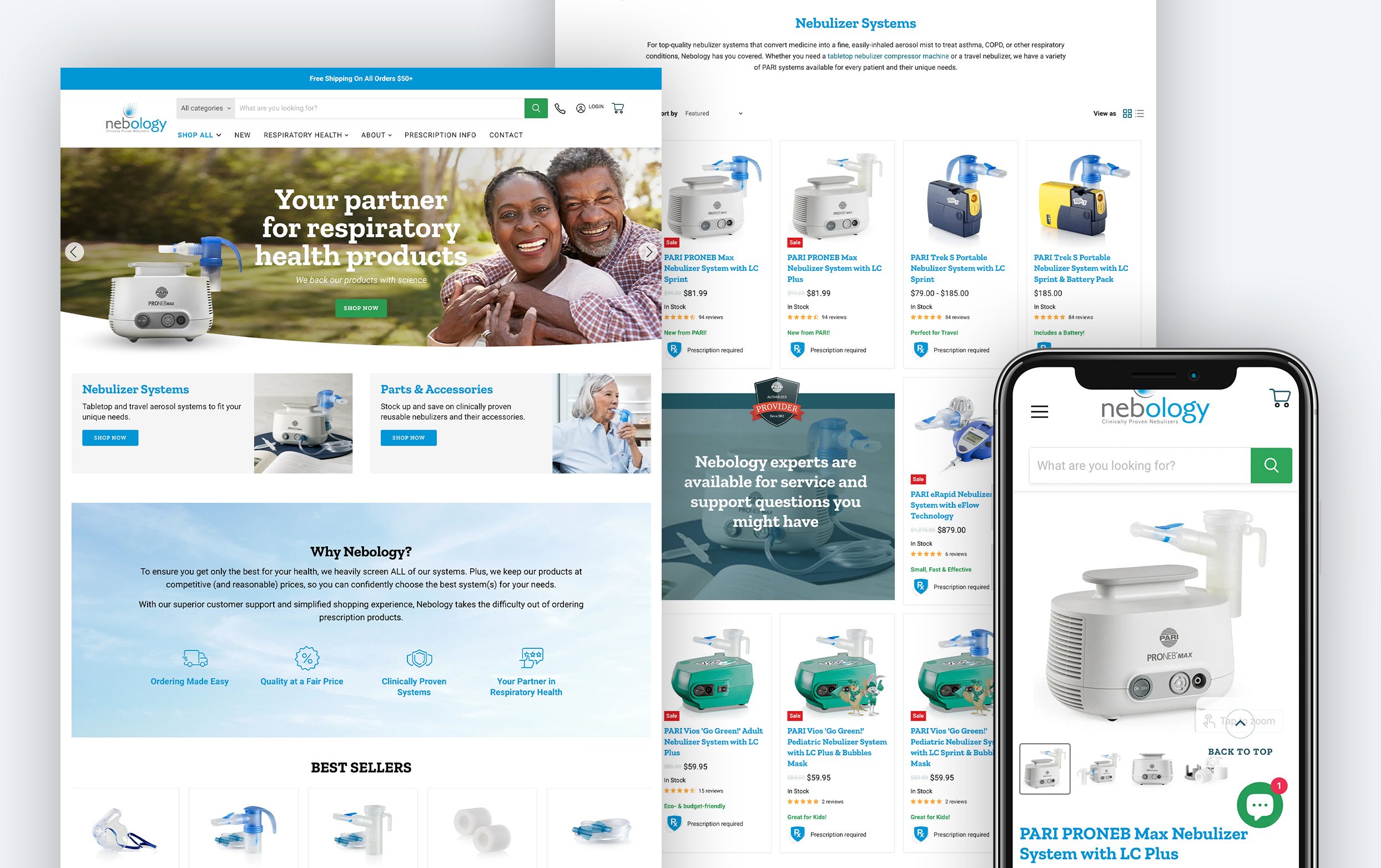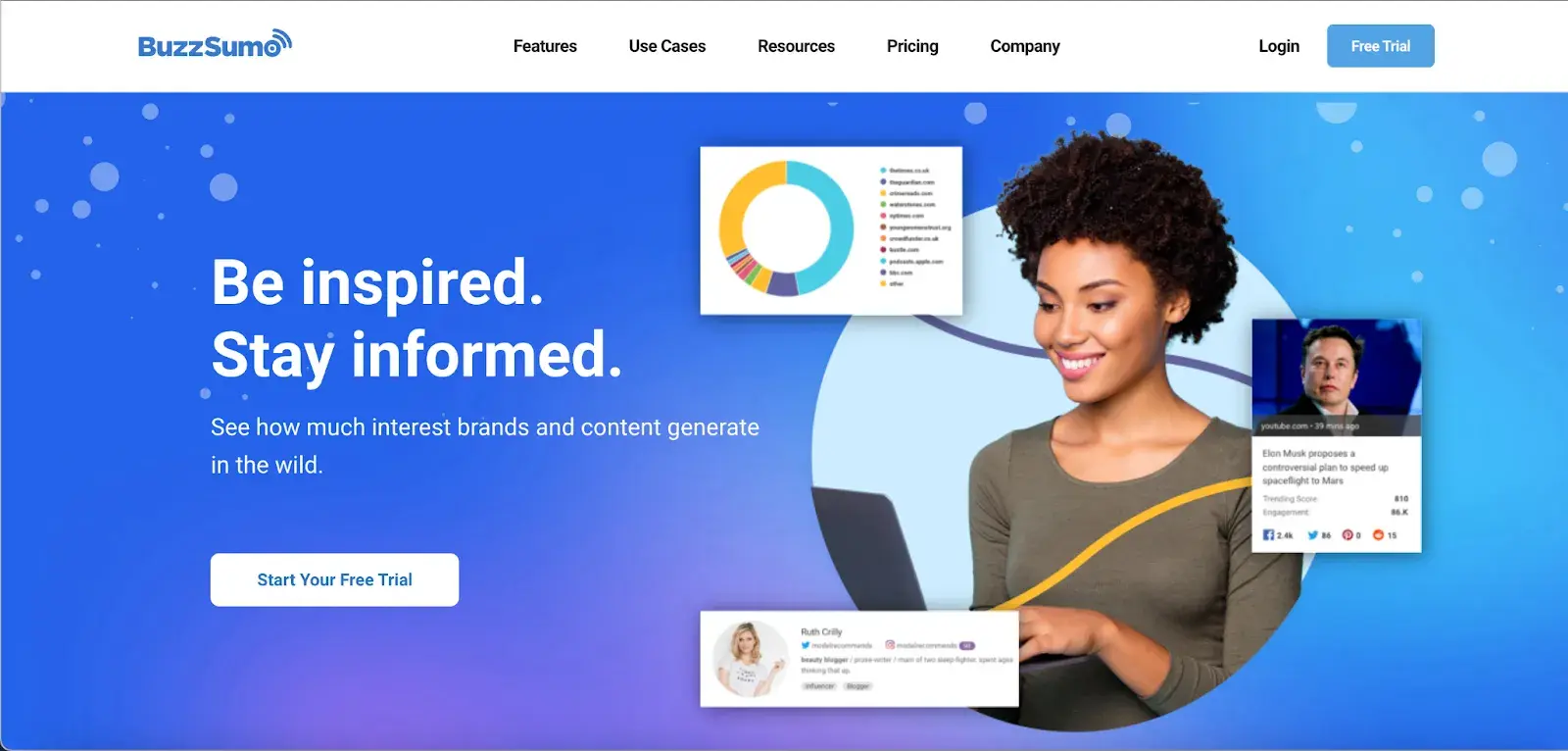The Psychology Behind Color Use in Sydney Web Design
Discovering the Partnership In Between Internet Style and Boosted Consumer Involvement
When you consider website design, consider how it affects consumer interaction. A user-centric method can transform an easy see into a lasting connection. By concentrating on instinctive navigating, responsive layouts, and appealing visuals, you can develop an experience that motivates users to return. But what details aspects really drive this engagement? Comprehending these factors can disclose how to maximize your style for better outcomes. Let's discover the nuances that can make all the distinction.

The Relevance of User-Centric Layout
When you focus on user-centric layout, you're not simply creating a website; you're crafting an experience that reverberates with your audience. This technique places the user's requirements and choices at the forefront, ensuring they discover value and complete satisfaction in their communications. By recognizing your audience, you can customize content, functionality, and layout to satisfy their assumptions.

In addition, when users really feel recognized, they're much more likely to return. Eventually, investing in user-centric design isn't simply concerning looks; it's concerning fostering a lasting connection with your target market, driving involvement, and attaining your company objectives.
Key Components of Effective Web Design
Effective internet layout hinges on several key components that function together to develop a smooth individual experience. Clear calls-to-action are important as well-- they direct users to take wanted activities, like signing up or making an acquisition.
Identify your style is responsive, adjusting efficiently to various tools. By focusing on these aspects, you create an inviting setting that encourages client engagement and enhances their overall experience.
The Function of Navigating in Customer Experience
How does navigation effect your total experience on a site? It's essential. Intuitive navigation helps you discover info promptly and conveniently when you land on a website. If you can't locate what you're seeking, aggravation sets in, and you're likely to leave. Clear menus and rational classification make your trip smooth, boosting your satisfaction.
Good navigation minimizes unnecessary clicks and maintains you involved. You're extra most likely to check out various areas of a site if you can easily leap or backtrack in between pages. Well-structured navigating strengthens count on; it reveals that the site is user-centered and specialist.
A sticky or breadcrumb navigation can also be valuable, as it enables you to maintain context while surfing. Simply put, effective navigating not only boosts functionality but additionally promotes a favorable customer experience, driving you to return and potentially exchange a devoted client.

Impact of Responsive Design on Engagement
As customers significantly accessibility web sites on various tools, responsive design becomes crucial for keeping engagement. When your website adapts effortlessly to different display sizes, users enjoy a regular experience, whether they're on a tablet, smartphone, or desktop computer . This adaptability urges visitors to remain longer, decreasing bounce prices and enhancing the chance of conversions.
Think of it: if your site looks messy or tough to browse on a smart phone, users are likely to leave in frustration. By investing in receptive design, you accommodate their demands, making it much easier for them to locate what they're looking for.
Additionally, search engines favor receptive websites, enhancing your exposure online. This suggests much more possible consumers can uncover your brand. Ultimately, a responsive style not just boosts customer experience but also improves consumer involvement, bring about increased loyalty and better general performance for your company.
Visual Power Structure and Its Results on Communication
Creating a strong visual hierarchy can considerably improve customer interaction on your web site. By organizing aspects in a manner that overviews the eye, you make it less complicated for site visitors to soak up and navigate information. Use contrast, size, and positioning to highlight essential features, guaranteeing they capture the individual's attention immediately. As an example, bigger message or bold colors can attract focus to crucial phone calls to action.
When you prioritize components successfully, visitors without effort know where to look initially, increasing the possibilities they'll involve with your content. Uniformity in layout assists customers develop knowledge, decreasing cognitive lots and encouraging them to check out further.
Integrating whitespace is just as important; it enables your layout to breathe, making it much easier for customers to process info. On the whole, a well-structured visual pecking order not only enhances aesthetics yet also cultivates a much more interesting and gratifying user experience on your internet site.
The Power of Color and Typography in Branding
When you believe concerning your brand name, consider how color and typography affect your target market's feelings and assumptions. Picking the right colors can evoke particular feelings, while your font style can interact your brand name's character. With each other, these aspects can substantially boost your brand name's identity and directory customer engagement.
Color Psychology in Branding
Color plays an essential function in branding, influencing exactly how consumers view a company and its worths. Each shade evokes certain emotions and associations, forming your brand's identity and link with your audience. Consistent usage of shade not just strengthens brand name acknowledgment but additionally fosters emotional links with your customers.
Typography's Influence on Assumption
The visual elements of your brand expand beyond color; typography likewise plays an essential function in forming consumer perceptions. When you select the ideal typeface, you convey your brand's character and worths. A sleek, modern typeface can suggest innovation, while a traditional serif font style may stimulate practice and integrity. Your target market's analysis experience is straight affected by these options, influencing their interaction levels.

Gauging the Success of Layout Changes on Engagement
How can you efficiently evaluate the effect of style modifications on consumer involvement? Beginning by establishing clear objectives of what you desire to accomplish with your style modifications. Utilize analytics tools to track user communications, such as click-through prices, time invested in pages, and bounce rates. A/B testing is another effective approach; by contrasting two versions of a layout, you can straight see which one reverberates much better with your target market.
Do not fail to remember to gather qualitative responses with surveys or customer interviews. This can provide understandings into how your style changes make consumers really feel. Monitor social media comments and points out for real-time reactions.
Ultimately, consistently examine your metrics and adjust your methods based on what the information shows. By incorporating quantitative and qualitative steps, you'll gain a thorough understanding of site here just how your layout adjustments affect consumer interaction and can make enlightened choices moving on.
Frequently Asked Questions
How Often Should I Update My Internet site's Style?
You should upgrade your internet site's design every 1-3 years, or faster if you notice out-of-date elements. Regular updates maintain your website fresh, boost user experience, and ensure it straightens with current patterns and modern technologies.
Can Website Design Alone Increase Sales Conversions?
Web style alone will not assure enhanced sales conversions, yet it can significantly boost user experience and develop depend on. Incorporate it with effective advertising methods, and you'll see an extra substantial influence on your sales.
What Are Typical Website Design Blunders to Stay Clear Of?
When designing your site, prevent messy formats, slow-moving filling times, and hard-to-read typefaces. Do not overlook mobile optimization or neglect clear contact us to action. These mistakes can discourage individuals and drive possible consumers away.
How Does Website Design Impact SEO Performance?
Internet layout influences search engine optimization performance by influencing site speed, mobile responsiveness, and user experience. If you optimize these components, online search engine rate your website higher, driving more website traffic and boosting presence in search engine result.
Should I Prioritize Looks or Capability in Style?
You ought to prioritize capability over appearances in layout. Individuals need a smooth experience to browse easily. Don't entirely disregard looks; a well balanced method keeps your site aesthetically appealing while ensuring it's efficient and user-friendly.
Verdict
To sum up, embracing a user-centric method in internet style can absolutely elevate customer interaction. Consistently measuring and adjusting your style based on data will certainly ensure that you remain in song with individual requirements, eventually driving greater conversion prices and lasting customer loyalty.
Exploring the Connection Between Internet Style and Raised Consumer Involvement
When you assume concerning internet layout, consider just how it influences consumer involvement.Reliable internet style hinges on a number of essential aspects that work together to create a smooth customer experience. Eventually, a responsive style not only enhances customer experience yet likewise improves client interaction, leading to boosted loyalty and better total efficiency for your service.
Routinely measuring and readjusting your layout based on data will assure that you remain in tune with individual needs, inevitably driving greater conversion rates and long-term consumer loyalty.